The recent crisis in Ukraine and the threats to block gas from Russia highlight the need to invest more in renewable sources. Can plants for the production of biomethane from organic fraction help?
The energy transition is the transition from the use of non-renewable energy sources to renewable sources and is part of the wider transition towards sustainable economies as per the SDGs goals. The commitment that will be required in the coming years to achieve these objectives will be very strong from a human and technological point of view. The current situation does nothing but accelerate this necessary path. Cesaro Mac Import in the waste sector is the point of reference for cutting-edge strategies and for the treatment of organic waste from separate collection through anaerobic digestion and composting. The war between Russia and Ukraine will make us feel even more urgently the need to produce renewable energy. The energy autonomy of a country is certainly a desirable goal and it is even more so if this autonomy derives not from the exploitation of the soil or the environment but from the ability to exploit alternative sources such as waste. Furthermore, in this way, two results would be obtained with a single investment.
Is the technology you propose tested? What are its technical characteristics?
In the last 20 years thanks to our technology, numerous integrated anaerobic digestion-composting plants have been built throughout Italy. These plants produce renewable energy (biomethane) and compost for agriculture. The main and largely tested elements are: the insertion of two processes in cascade for the treatment of organic waste from separate collection: anaerobic digestion with semi-dry technology and, subsequently, composting in biotunnels. These two processes combined allow for maximum optimization of results. Anaerobic digestion, as a first step, allows for the production of biogas and, after the biomethane upgrading process, the remaining digestate is sent for composting to produce quality compost. This method allows the drastic reduction of processing waste and the reuse of process water within the process itself. This structure is completely indoors and has a depressurized air system for the maximum containment of odors. Since 2012 to today, 8 integrated plants have been built or are under construction.
Can this technology be applied to already active composting plants?
Yes, it is an intervention that can be carried out in successive stages by adding one element or the other. Composting processes already functioning can be optimized
by inserting anaerobic digestion which allows a reduction of plastics in the subsequent composting phase and a production of biogas and electricity. In the same way the composting phase can be added to an existing anaerobic digestion process. In this case the advantage is that the outgoing digestate becomes quality compost and process fluids are used within the composting and do not have to be disposed of.
Is it a “closed” system that allows total recovery of incoming waste?
Just like that. The system was designed to get the most out of the two processes and reduce waste. This is why it is called closed. To further reduce waste we inserted in the system our patented Tiger Depack, a machine able to completely clean the waste produced in the first phase of the process. In fact, in the first phase, the shredding, the waste (bags or packaging) still retains a lot of organic material. Thanks to the insertion of the Tiger it is possible to completely clean up this fraction and recover all the organic that will then enter the digestion process, reducing the material leaving the plant by 50%.
How many plants have you built and how many projects do you have now?
Since 2012 we built 6 integrated plants still active. We currently have 2 projects to be completed next year and for the construction of two other projects we have closed a tender and we are waiting for the assignment of the works.
What are the reasons confirming the goodness of these systems and which may answer to any “nimby” committees?
The main reason is in the facts and in the intrinsic value of the projects we carried out even in areas with particular environmental, landscape and touristic needs. I am referring, for example, to the Faedo (TN) plant, surrounded by the Trentino vineyards, which was awarded the Green Flag by Legambiente in 2016. The first and only plant in Italy to have received this type of recognition. We are respectful of the territory and careful to always propose solutions that allow us to optimize processes not only from an economic point of view but, above all, from an environmental point of view. A plant that is well integrated into the local area will be more productive, the community will give positive feedback and will be much more collaborative, for example in the case of separate waste collection. Unfortunately, for years in Italy we built plants without taking into account the expectations of the community, creating a situation of disappointment in some cases even for those who have always tried to work in full compliance with current regulations and with eco-friendly innovations. The best response to the committees is certainly in the facts: open the plants to educational visits and discussions to make the value of our commitments visible and verifiable.



